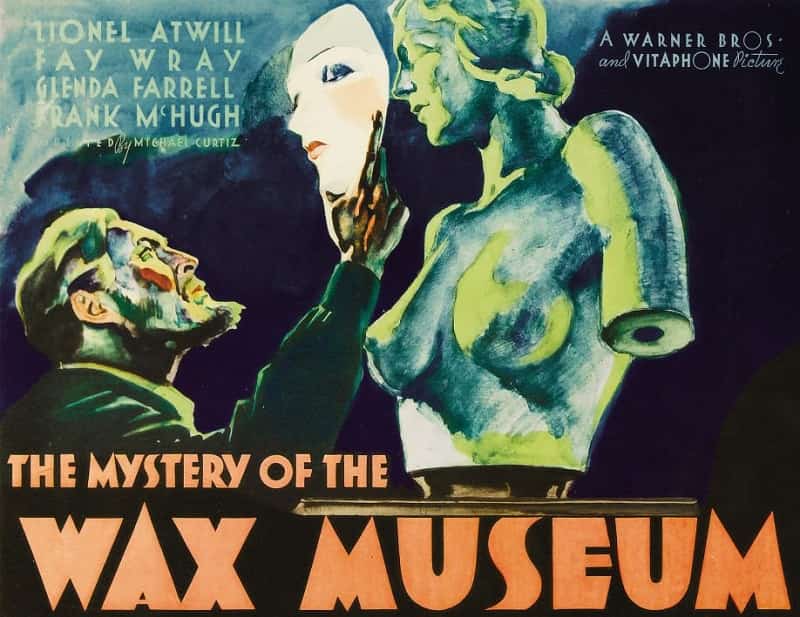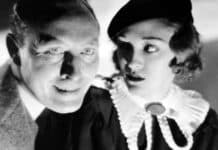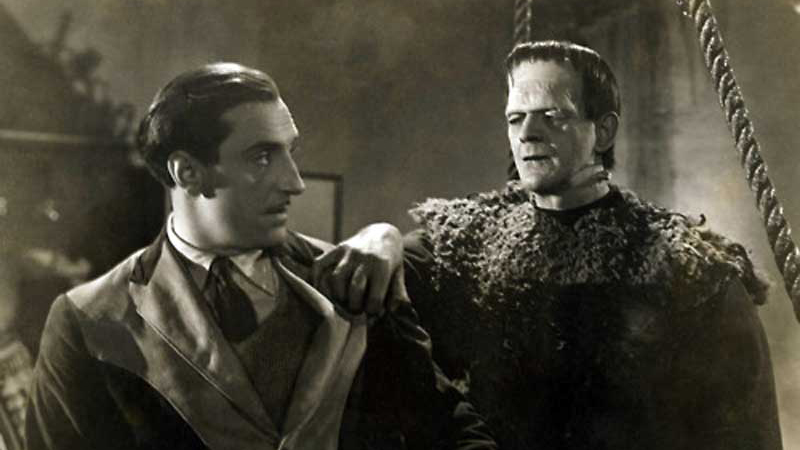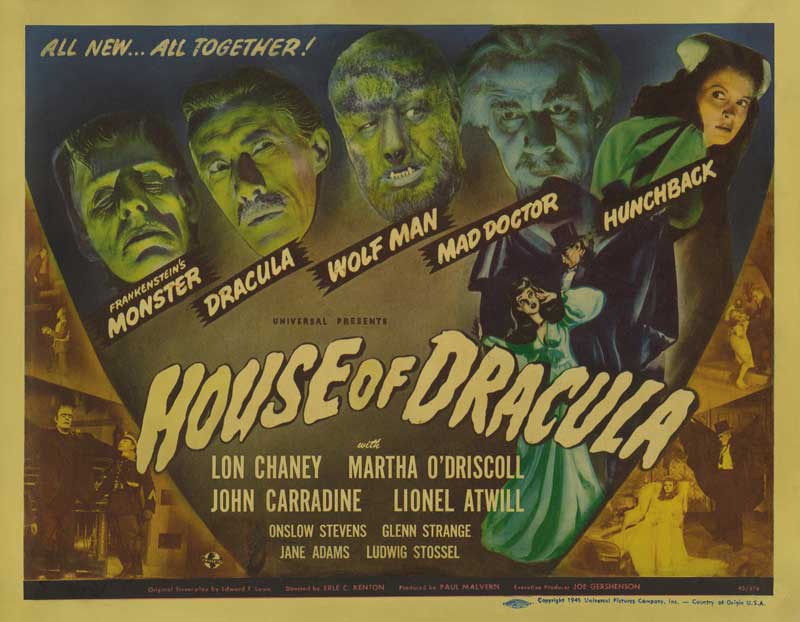RICHARD PHILLIPS-JONES on an early Technicolor horror treat – Lionel Atwill and Fay Wray star in Dr X 1932.
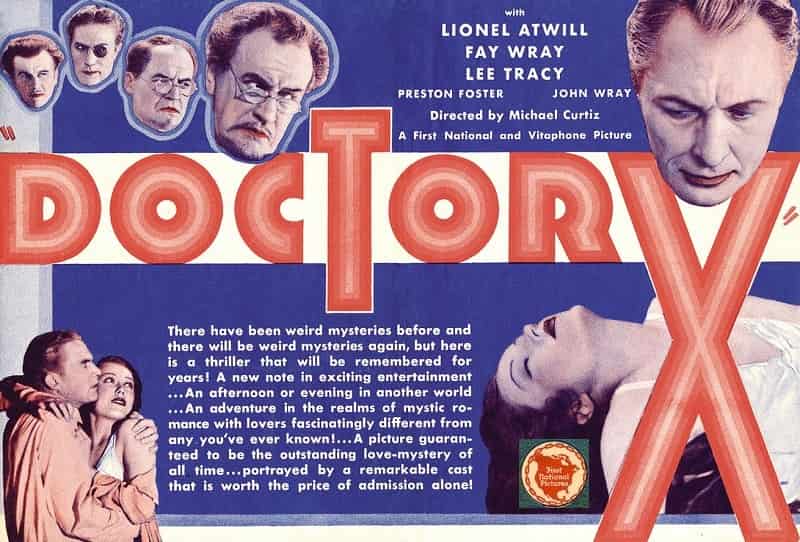
TITLE: Dr X
RELEASED: August 3rd 1932
STARRING: Lionel Atwill (Dr Jerry Xavier), Fay Wray (Joanne Xavier), Lee Tracy (Lee Taylor), Preston Foster (Dr Wells)
WRITERS: Robert Tasker and Earl Baldwin (from a play by Howard W. Comstock and Allen C. Miller)
DIRECTOR: Michael Curtiz
The police are on the trail of The Moon Killer. Cannibalising his victims, his weapon of choice is a specialised type of surgical scalpel. There is only one institution in town where such an instrument is used, and the several esteemed research fellows there are all under suspicion.
Institute leader Dr Jerry Xavier (who may himself be under suspicion) is given 48 hours to find out the killer’s identity, and he attempts to do so using unconventional scientific methods…
Always perhaps the most resolutely contemporary of the major Hollywood studios in their golden age, Warner Bros were sure to pick up on a current trend. If that upstart Universal were going to make some money out of this horror fad, then Warners were sure as hell going to get in on the action. What’s more, they would outdo them. They would make a horror movie in garish colour.
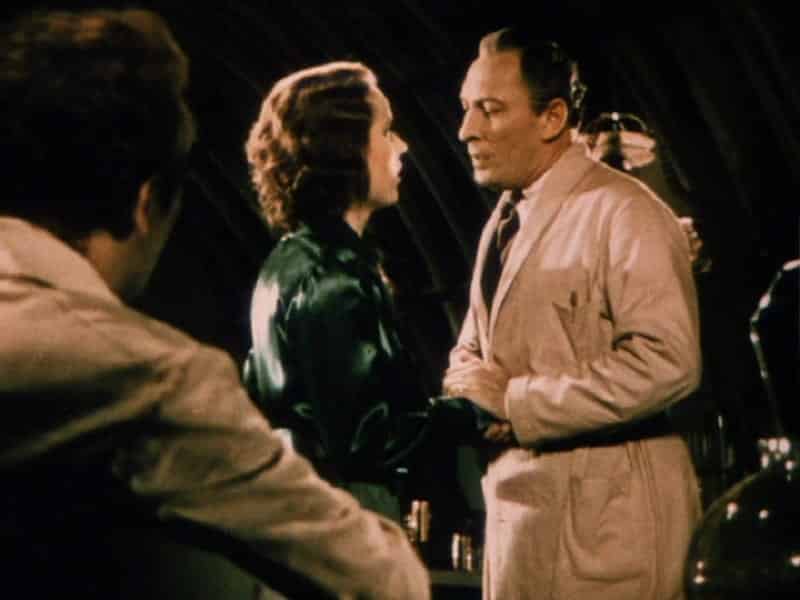
And the colour was indeed garish, utilising an early Technicolor system which only employed hues of red and green. The public didn’t particularly take to this odd looking process, and colour would only really capture the audience when an improved, more natural looking process was introduced by Technicolor a little later. However, for Dr X (and the following year’s Mystery Of The Wax Museum), this strange process was a positive boon.
For around the first hour of its running time, the film comes across as more of a dark comedy-mystery. There are some pretty gruesome images on display (one doctor keeping a heart alive in a jar comes to mind), but there is a heavy element of Warners’ reporter-based crime tales of the time as well. It’s in the film’s last quarter-of-an-hour, however that things take a sharp turn into weirdsville.
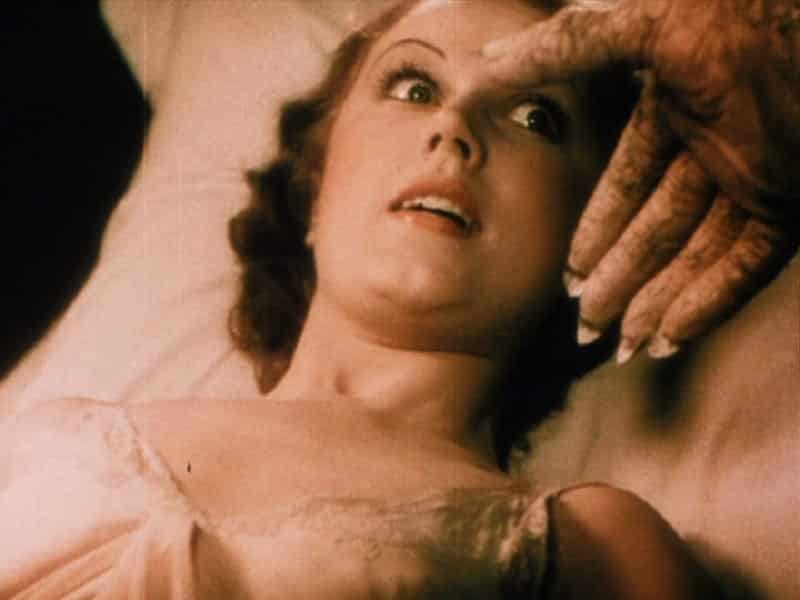
Dr X 1932 is certainly gifted with one of the most downright trippy climactic sequences ever. As the killer is revealed, and his method of disguising himself is displayed to the audience in the sickly, limited colour palette, things enter hallucinatory territory that could give David Cronenberg a run for his money. I really don’t want to spoil it for you, but if you watch Dr X 1932, I guarantee the phrase “synthetic flesh” will be running through your head for days.
Also notable as the first film in which Fay Wray would stake her claim as the mother of all cinema scream-queens, Dr X 1932 is also a cinematic landmark as probably the first full length horror film entirely made in a colour process. In its best moments, it also remains remarkably creepy.
TRIVIA POINTS: Although Dr. X 1932 is considered the first full-length horror film in colour, it should be noted that Phantom Of The Opera (1925) featured the famous masked ball sequence which used an earlier variant of the process. Also, 1927’s The Wizard (now thought lost) was released in prints that were colour tinted by hand, a painstaking method to say the least!
Presumably hedging their bets, Warner simultaneously made a black-and-white version of Dr X 1932, much to Technicolor’s displeasure.
The killer’s make-up was designed by none other than Max Factor, more famed for his work in beautifying actors than disfiguring them!
FOOTNOTE: There was a follow-up of sorts, The Return Of Doctor X (1939), but other than the titles and the shared name of the central doctor character, the two films were otherwise unconnected. None other than Humphrey Bogart was bizarrely cast in the lead.
Watch Dr X 1932 trailer
What did you think of Dr X? Tell us in the comment section below!



